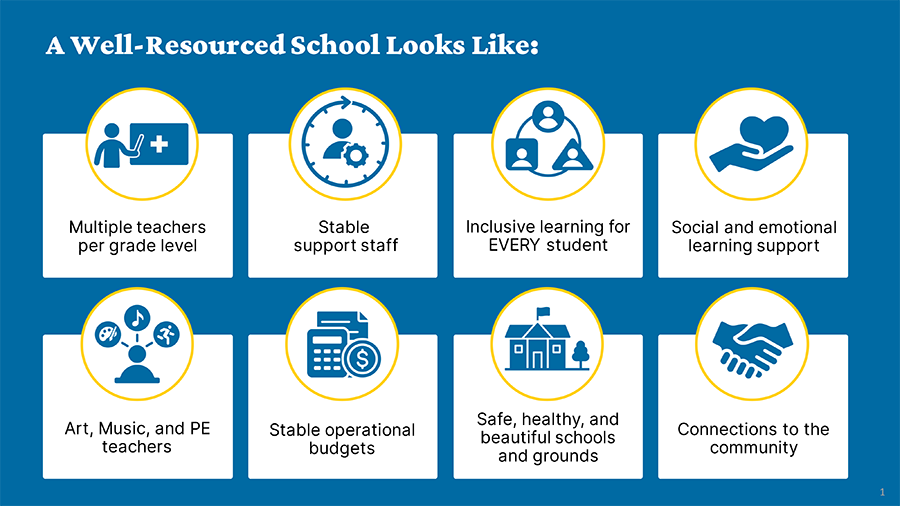School Closures and Consolidations
Family Letter on School Closures and Consolidations
Dear Seattle Public Schools Families, Staff, and Community,
As Superintendent, I take seriously the responsibility of ensuring our district’s schools meet the needs of every student while operating sustainably for the future.
Earlier this year, the Seattle School Board directed me to develop a preliminary recommendation for elementary school closures and consolidations to address enrollment declines, budgetary challenges, stabilizing programs and services.
After much deliberation, reflection, and engagement with our community, it is clear there is no longer a pathway for this approach for the 2025-26 school year. I am withdrawing my preliminary recommendation, and we will not pursue school closures and consolidations for the upcoming school year. The Board will vote Tuesday to formally approve this direction.
This decision was not made lightly and reflects the Board and my shared priority: the needs and well-being of our students, families, and community. While our Board recognized the vision for the proposed changes, and many in our community understood the need for stability behind them, this decision allows us to clarify the process, deepen our understanding of the potential impacts, and thoughtfully determine our next steps.
The projected $5.5 million savings from the proposed closures are significant. However, we agree that achieving these savings should not come at the cost of dividing our community.
The discourse surrounding this issue highlighted the need for constructive conversations and collaboration to replace conflict, as meaningful progress for our students requires unity and shared purpose.
Instead, we will focus on addressing our district’s budget shortfall through legislative and levy renewal advocacy, as well as pursuing operational efficiencies aligned with our shared values and priorities. We also remain committed to addressing the underlying issues that drove this initial proposal. These challenges remain critical to ensuring the long-term health of our district, and we will continue to work together to find solutions and ensure any adjustments we make are both equitable and sustainable.
I extend my gratitude to the community for its valuable engagement, feedback, and courageous conversations over the past year. Your voices have underscored our collective commitment to the students in Seattle Public Schools.
Moving forward, the School Board and I are resolute in our leadership and dedication to steering SPS toward a strong, sustainable, and student-centered future. Together, we will rise to meet these challenges and create opportunities that support the success of every child we serve.
Sincerely,
Dr. Brent Jones
Superintendent
Seattle Public Schools
What is a well-resourced school?
A Well-Resourced School:
- includes access to high-quality educators and modern classroom resources, textbooks, and technology
- offers curriculum that is inclusive and representative of diverse cultures, backgrounds, and abilities
- prioritizes safety through proactive security measures
- fosters a supportive environment where students feel valued and supported socially and emotionally
Our aim is for all our schools to reflect community values and provide a complete education that prepares students for success throughout their lives. Read more about the background and what is informing the proposal.

